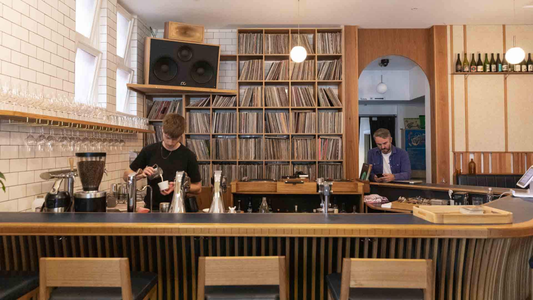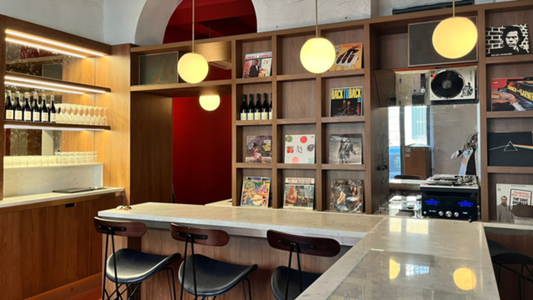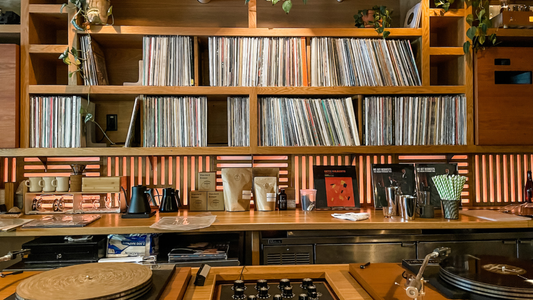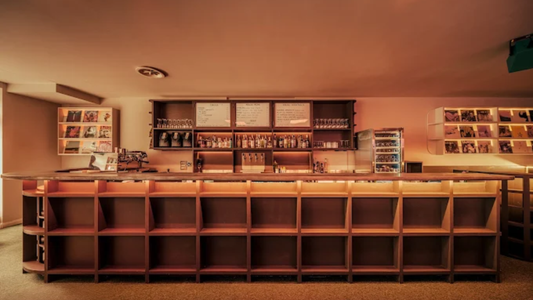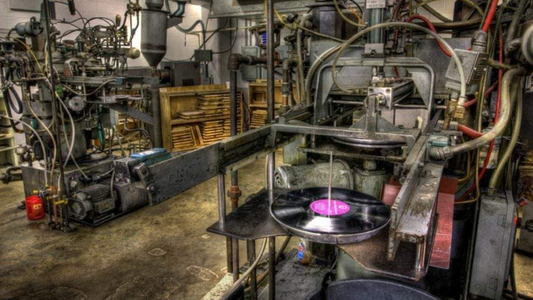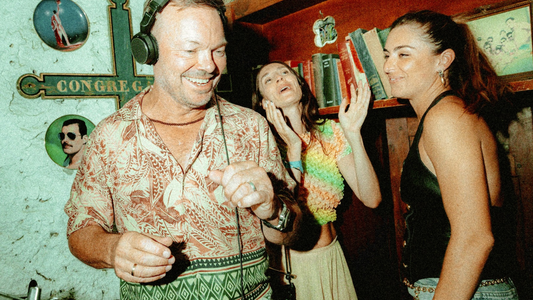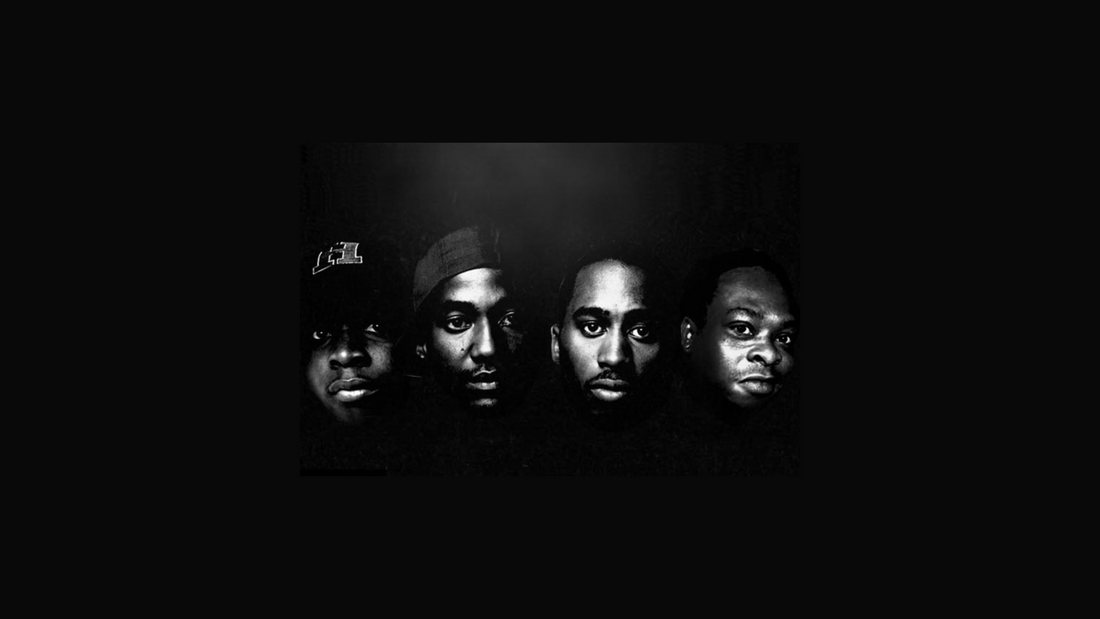
When Jazz Met Hip-Hop
By Rafi Mercer
Jazz has always been a restless language, a music that refuses to sit still.
Born in the clubs and streets of the early twentieth century, it moved from swing to bebop, from cool to modal, from free to fusion. At each turn, it absorbed and transformed. It was only a matter of time before hip-hop — itself born of sampling, remixing, and reinvention — reached out a hand and pulled jazz into its orbit.
That meeting was not simply aesthetic. It was cultural. Jazz and hip-hop share a lineage of Black expression, improvisation, and resistance. Both grew from cities, from communities making art with what was available. Both carried voices of defiance and survival. Both placed rhythm at the centre. To understand hip-hop’s relationship to jazz is to see a continuum, not a collision.
The earliest hip-hop DJs in the Bronx were already crate-digging, hunting for breaks in old funk and soul records. Jazz, with its rich drumming, horn stabs, and basslines, was fertile ground. The loops of Clyde Stubblefield’s drumming, the electric grooves of Herbie Hancock, the horn hits of Donald Byrd — all became raw material. But it was in the late 1980s and early 1990s that jazz truly became central to hip-hop’s vocabulary.
A Tribe Called Quest made it explicit. Albums like The Low End Theory and Midnight Marauders lifted double bass lines, Rhodes chords, and brushed drums straight from Blue Note records, then built rhymes over them. They didn’t hide the jazz; they celebrated it. The beats swung, the samples breathed, and the flows rode like improvisations. Listening felt like hearing a conversation across decades — Coltrane and Mingus whispering under Phife and Q-Tip.
Guru went further. His Jazzmatazz projects in the 1990s didn’t just sample jazz; they brought jazz musicians into the studio. Branford Marsalis on saxophone, Donald Byrd on trumpet, Roy Ayers on vibraphone. Guru rapped not over fragments but in live collaboration. The result was a fusion that honoured both forms, proving that jazz and hip-hop were not distant cousins but immediate family.
De La Soul played their part, too. Their debut 3 Feet High and Rising was a collage of sound, playful and inventive, weaving in fragments of jazz, soul, funk, even spoken word. They proved that sampling could be surreal as much as serious, that jazz’s eccentricities could be turned into something joyful.
Meanwhile, on the West Coast, Dr. Dre was shaping G-funk. His beats leaned heavily on funk, but jazz crept in — the laid-back swing, the horn flourishes, the warmth of grooves stretched out into something cinematic. N.W.A. may have been harder, angrier, more direct, but Dre’s ear was never far from the richness of jazz harmony, filtering into the edges of his production.
What made jazz so compelling for hip-hop was not just the sound, but the attitude. Jazz was improvisation, freedom, virtuosity. Hip-hop was the same, but with turntables and samplers instead of horns and drums. A saxophone solo and a freestyle verse share the same DNA: risk, timing, invention. Jazz taught hip-hop how to swing, and hip-hop taught jazz how to stay alive in the sampling era.
Of course, not everyone welcomed it. Lawsuits flew, copyright tightened, samples grew expensive. But the influence was already embedded. From Digable Planets’ Rebirth of Slick (Cool Like Dat) to Madlib’s Shades of Blue project for Blue Note, jazz kept surfacing, sampled, referenced, reinterpreted. Even Kendrick Lamar’s To Pimp a Butterfly — with Kamasi Washington, Thundercat, and Robert Glasper woven into its fabric — is a direct heir to that lineage.
Today, the relationship feels natural. Jazz musicians like Makaya McCraven sample themselves live, looping and layering in the spirit of hip-hop. Hip-hop producers treat Coltrane and Sun Ra as open archives, not relics. The boundary between the two has dissolved into a continuum of sound.
What strikes me most is how this marriage of jazz and hip-hop reshaped listening. A generation of kids who might never have touched a Blue Note record discovered its basslines through Tribe. A generation who might never have heard Donald Byrd on his own found him sampled in loops. Hip-hop became the entry point into jazz for millions. And in listening bars today, the logic continues: albums from both traditions played side by side, the groove of Idris Muhammad followed by the rhyme of Guru, the swing of Mingus leading into the beat of De La Soul.
Jazz was always more than a genre. Hip-hop proved it was also a resource, a palette, a conversation partner. Together, they form a lexicon that stretches from the 1930s to now, still speaking, still shifting, still alive. And when the needle drops in a quiet bar, when a sample loops under dim light, you can hear that conversation continue — across decades, across forms, across time.
Rafi Mercer writes about the spaces where music matters. For more stories from Tracks & Tales, subscribe, or click here to read more.
